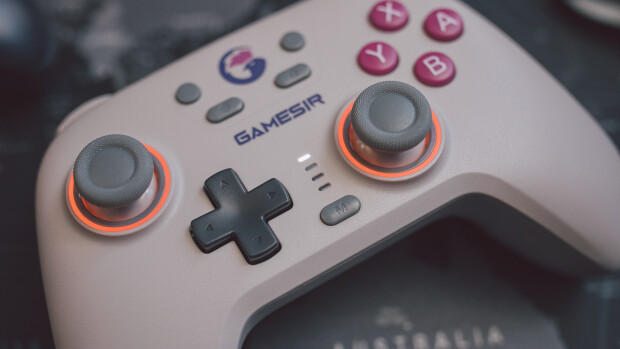Since Google released the Nexus One, people have been ranting and raving about the amazing colors and clarity that its 3.7" AMOLED display outputs. While the Nexus One's colors do pop, the AMOLED technology used for this seemingly "superphone" is less than stellar. DisplayMate ran some tests and the results are nothing short of shocking.
Without going into too much technical jargon, the Nexus One's screen uses a PenTile pixel arrangement. This means that each pixel only contains two sub-pixels. In a traditional display, each pixel consists of three sub-pixels (red, green, and blue). The pixels on the Nexus One's AMOLED display only have a green, plus a red or blue on every other pixel. This isn't necessarily a problem, as the software can just use the red or blue from a nearby pixel, but it does put an extra strain on the software and can cause artifacts to appear on the screen.
DisplayMate points out that the above is irrelevant unless it affects the actual image quality. If a user can't tell the difference, then who cares? Unfortunately for the Nexus One, you can see a huge difference when comparing it to a standard LED display, such as the iPhone's. Here are some of DisplayMate's conclusions:
- Nexus One's screen only uses 16-bit color with only 32 or 64 intensity levels - This is something that a high performance device should not have. A good screen typically has at least 18-bit color, giving a much larger number of intensity levels with clearer and more accurate colors. Green is present in twice as many pixels as red and blue. This gives green a much higher intensity than other colors.
- Image quality with resolution scaling is bad - "Pictures and photographs from external sources, whether they be from digital cameras or web content are rendered poorly and inaccurately, with over-saturated colors, bad color and gray-scale accuracy, large color and gray-scale tracking errors, calibration errors, lots of image noise from excessive edge and sharpness processing, and many artifacts."
- Peak white brightness is very low - This makes the display hard to read when outdoors, and nearly impossible in direct sunlight.
- Poor calibration - "If the Nexus One display were an LCD it would rank among the worst displays we have ever seen in a shipping product." This could be due to the way the device was manufactured, or even due to the way the Android OS speaks to the display. Either way, the screen doesn't work well for images and web content.
More details are covered in the study and the bottom line conclusion is underwhelming. The Nexus One's screen, from an evolutionary standpoint, is a failure. AMOLED technology is the supposed to be the latest and greatest, not a step backward. Below are images that show how the Nexus One's screen performs next to the iPhone. Notice the image noise and that the dispaly's shortcomings are clearly present. For a phone that's supposed to be centered around eye candy, pictures, and web content, the Nexus One's screen is sure a letdown.
UPDATE: Gizmodo has made two updates regarding the above news stating that the problem seems to be a software issue, not a problem with the display itself. Apparently the issue exists within specific stock Android apps themselves (such as the gallery and browser). Users have noted that when using an third-party browser, the image banding issue does not exist. Hopefully, with this having been brought to the public's attention, Google will issue a software update to rectify the problem.
















47 Comments - Add comment